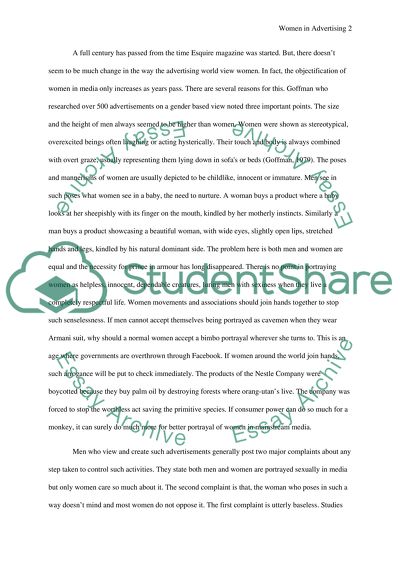Cite this document
(“The sexual objectification of women in advertising Essay”, n.d.)
Retrieved de https://studentshare.org/media/1464433-the-sexual-objectification-of-women-in-advertising
Retrieved de https://studentshare.org/media/1464433-the-sexual-objectification-of-women-in-advertising
(The Sexual Objectification of Women in Advertising Essay)
https://studentshare.org/media/1464433-the-sexual-objectification-of-women-in-advertising.
https://studentshare.org/media/1464433-the-sexual-objectification-of-women-in-advertising.
“The Sexual Objectification of Women in Advertising Essay”, n.d. https://studentshare.org/media/1464433-the-sexual-objectification-of-women-in-advertising.


